How to define your target audience
A target audience is a cluster of people interested in your brand, products or services. Basically, the potential customers of your business. They could share the same location, age, gender, education or other target customer demographics.
Why define your target audience?
Defining your target audience helps you create good quality marketing content. If you know that the majority of your clients work within a particular industry, are in a particular age bracket, or have a particular budget, for example, it will help you create content that will resonate with them specifically.
Who is your target audience?
If your answer is
everyone, then your marketing efforts are going to
fail to convert.

How to define your target audience
1/ Look at your current customers
This is the first step you need to take to define a target audience. Check your existing customers’ demographics and discover which characteristics they share in common.
Once you’ve got this statistical data you can clearly identify market segments and which target demographics to focus on, for example location or age.
Google Analytics (GA) can reveal the demographics of your visitors.
Open GA > Audience > Demographics > Overview...
2/ Study your competitors
Regardless of the business you own, competition is always present. While some may see competitors as a threat, you can use them to help you understand your target market.
- List your competitors
- Use Google Analytics and other tools to check the demographics and interests of visitors
- Study your competitors’ sales funnels
3/ Identify your target market’s motivations
Exploring what your audience is looking for is critical. You need to know the types of products and services they are buying from you and the information they want to know.
Whether it’s your website, blog content or socials, look at what your customers are engaging with most. Using Google Analytics you can track visits, dwell time and bounce back rates.
4/ Learn the benefits of your product or service
Defining the benefits, rather than the features, of what you’re selling or providing can be beneficial when determining your customer base's needs.
| Product | Features | Benefits |
|---|---|---|
| Walking boots | Antistress technology, Shock absorbing | Prevents foot damage, less impact on joints. |
| Garage shelving | Robust, Heavy-duty | Organise tools so that they are easier to hand when completing DIY jobs |
| Gel nail polish | Long-lasting, Smooth coverage, Peel-resistant | You can go on holiday without the worry of chipping or taking spare nail polish, less time consuming due to less applications. |
| An outdoor light | Dimmable, Pedestal light, Weather resistant | It will turn your garden into a warm and cosy oasis, creating a relaxing atmosphere for the family. |
| A dog grooming brush | Easy grip, Robust, Removes dead hair | A cleaner house - less dead dog hair, a shiny healthier looking coat for your dog. |
This can help build a better picture of what your customers look like, how they behave and what their pain points are.
5. Determine your markets interests
When defining your target audience, it is important to consider their psychographics, such as:
- Lifestyles
- Behaviour
- Hobbies
- Values
- Interests
- Personality
- Common characteristics
Google Analytics can provide vital information about who your audience is and what their interests are. Understanding these aspects will help you persuade and tap into their market behaviour more effectively.
Open GA > Audience > Interests > Overview
6/ Create customer personas
Define your target audience with the help of customer personas. These are representations of your market, almost like fictional characters that help you identify needs and wants.
Creating these customers will indicate who your market is, what they are looking for, and how your product or service can help them. Use these as a guide to keep you on the right track. When creating marketing resources, challenge them against your customer personas.
These personas could include demographics, income level, marital status and interests.
Who do you think your existing customer is?
Who is your ideal customer?
Who do you want to attract?

Finding your brand voice
Your visual identity is one of the most crucial aspects when building a website. You need to know who you are and how you communicate, specifically what your brand voice is. Your brand voice determines your personality.
What language do you use?
What vibe do you want to give off?
Creating a customer persona will help determine the type of content that will speak to your desired audience.
Content in the right tone of voice can influence first impressions and determine how your message resonates with a customer.
Ask yourself…
Purpose: Why does your brand exist?
.
Vision: What are you trying to create?
Mission: How do you plan to reach your vision?
Values: Who are you? How do you work?
Consider these questions…
When people interact with your brand, how do you want them to feel?
How does your brand voice differentiate from competition?
Who do we NOT want to be/ what tone of voice do we want to avoid?
These helpful tips are sure to go a long way in helping you find your target market. Once you fully understand who to target you will have clearer guidance on how to create and tweak marketing strategies that will, in turn, increase sales.
If you’d like help defining your target market, or perhaps more advice regarding your digital marketing, or growing your business then you can count on us, here at
Infoserve, to provide the support you need.
Call Us
0800 089 0879
Email Us












